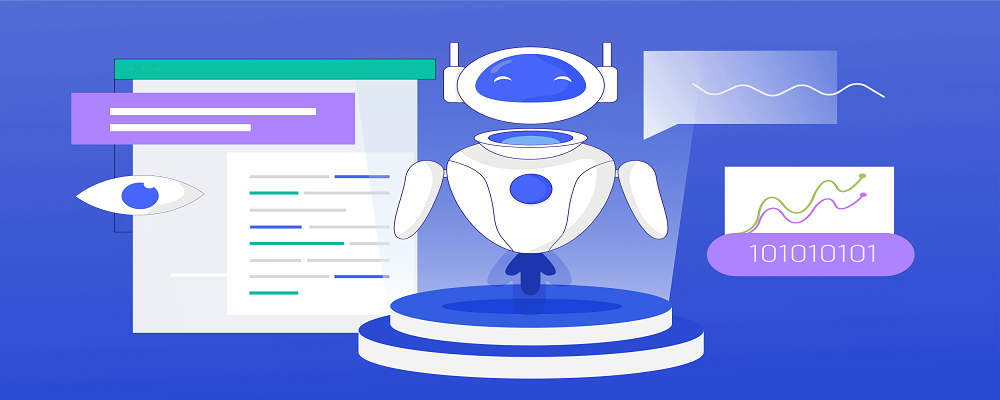Introduction
Artificial Intelligence (AI) has become a driving force in the tech industry, revolutionizing various sectors with its innovative applications. In the United States, numerous AI startups have emerged, showcasing groundbreaking technologies and reshaping the future of business and society. This article explores some of the most successful AI startups based in the USA, highlighting their contributions to the industry and the impact they have made.
1. OpenAI
Founded in 2015, OpenAI is a research organization that aims to ensure artificial general intelligence (AGI) benefits all of humanity. With a focus on developing safe and beneficial AI, OpenAI has gained recognition for its cutting-edge research in natural language processing, reinforcement learning, and robotics. The company’s open-source approach and commitment to ethical AI have set it apart in the industry, attracting top talent and fostering collaboration within the AI community.
2. UiPath
UiPath is a leading robotic process automation (RPA) company that helps organizations automate repetitive tasks through AI and machine learning. Founded in 2005, UiPath has experienced rapid growth and secured significant funding, positioning itself as a key player in the automation market. Its user-friendly platform and scalable solutions have enabled businesses to streamline operations, increase efficiency, and drive digital transformation.
3. DataRobot
DataRobot is a machine learning platform that empowers organizations to build and deploy AI models quickly and easily. By automating the end-to-end process of AI development, DataRobot enables users to extract valuable insights from data and make informed decisions. The company’s collaborative and user-friendly approach has made it a popular choice among data scientists and business users alike, driving its success in the AI market.
4. C3.ai
C3.ai is a software company that delivers enterprise AI applications for various industries, including energy, manufacturing, and healthcare. By harnessing the power of AI and IoT technologies, C3.ai helps organizations optimize operations, enhance customer experiences, and drive innovation. The company’s AI-driven solutions have been widely adopted by leading companies, showcasing its impact on digital transformation and business performance.
5. Zymergen
Zymergen is a biotechnology company that utilizes AI and machine learning to engineer microbes for industrial applications. By combining biology, automation, and data science, Zymergen develops sustainable materials and chemicals that have the potential to revolutionize various industries. The company’s innovative approach to bioengineering has attracted significant investment and attention, highlighting its potential to disrupt traditional manufacturing processes.
6. Scale AI
Scale AI is a data labeling company that offers AI training data for machine learning models. With a focus on quality, accuracy, and scalability, Scale AI enables businesses to enhance the performance of their AI algorithms and accelerate development cycles. The company’s advanced platform and extensive workforce have made it a trusted partner for organizations seeking reliable and efficient data labeling services.
7. Vicarious
Vicarious is an AI research company that is focused on developing human-level intelligence in machines. By combining neuroscience and deep learning, Vicarious aims to create AI systems that can perceive, learn, and reason like humans. The company’s groundbreaking research has led to advancements in computer vision, robotics, and natural language understanding, positioning it as a pioneer in the field of artificial general intelligence.
The success of these AI startups reflects the growing importance of artificial intelligence in driving innovation, transforming industries, and shaping the future of technology. By pushing the boundaries of what is possible with AI, these companies are paving the way for a more intelligent and automated world. As they continue to evolve and expand their capabilities, the impact of AI startups in the USA is sure to be felt across all sectors of society.

